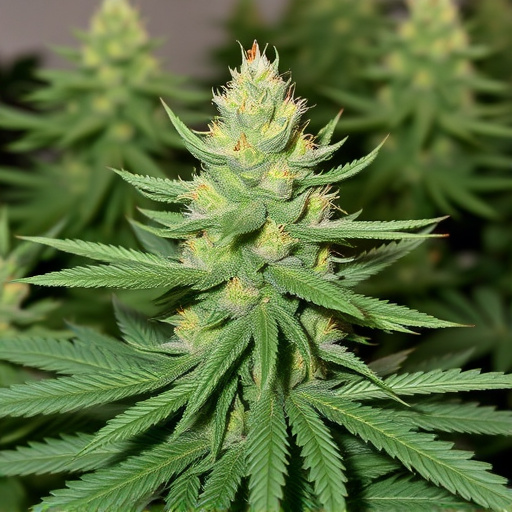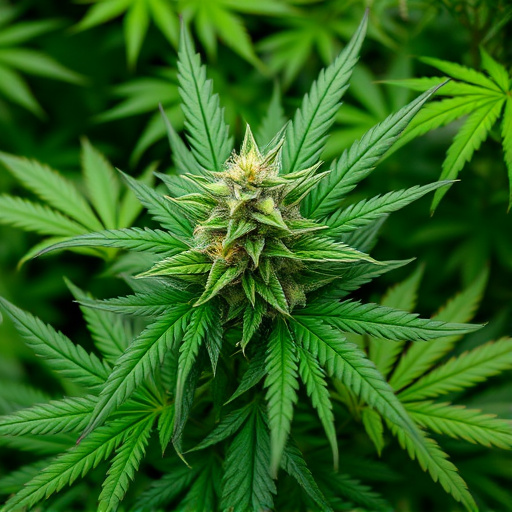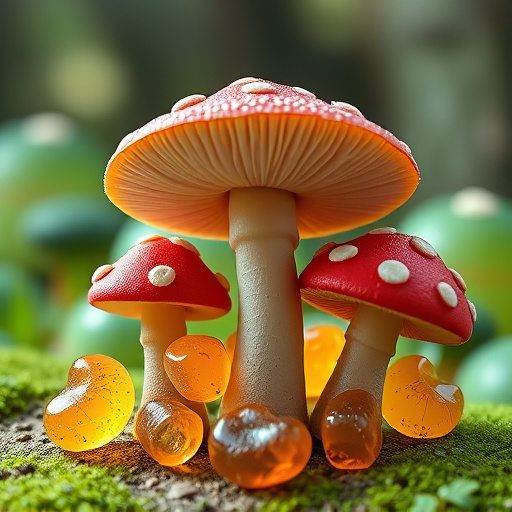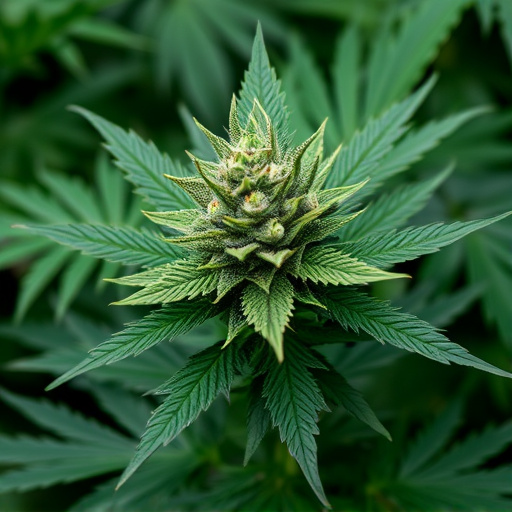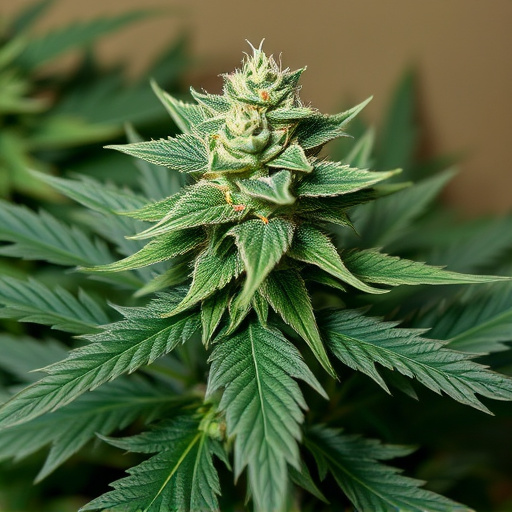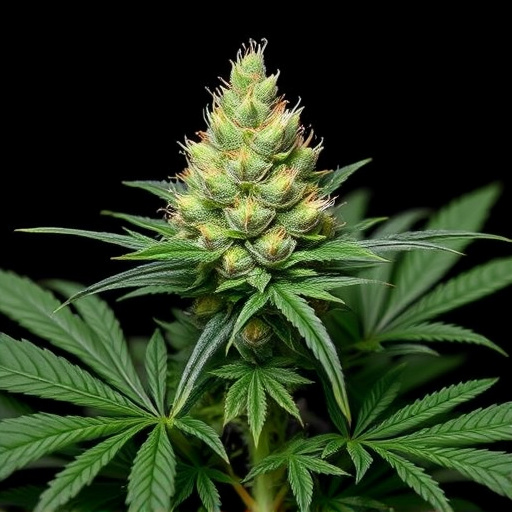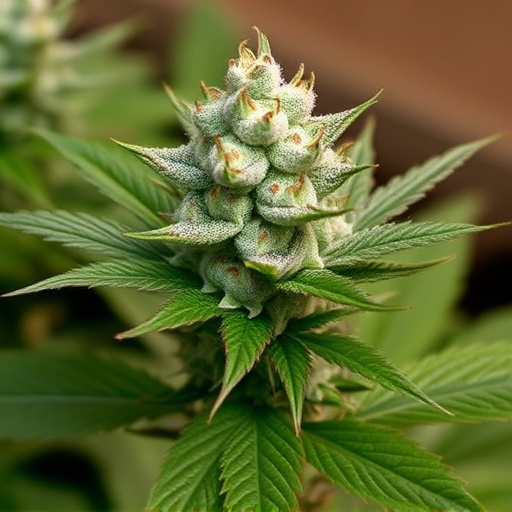The chemical makeup of cannabis, including cannabinoids THC & CBD and terpenes, greatly affects its effects' duration and intensity. Terpenes, aromatic compounds with flavor and scent, interact with cannabinoids to modulate these experiences. Specific terpenes found in top 10 strains of cannabis offer unique benefits; for example, myrcene promotes relaxation and extended euphoria. Understanding terpene-cannabinoid interactions allows consumers to choose strains aligned with their desired outcomes, enhancing and optimizing their cannabis experience.
“Unraveling the length and intensity of a cannabis high involves exploring a complex interplay of factors. This article delves into the science behind cannabis effects, focusing on genetics and terpenes, cannabinoid profiles, and consumption methods.
We’ll examine how specific chemical compounds contribute to the duration of a ‘high’, including the impact of top 10 strains known for their distinct characteristics. Understanding these factors empowers consumers to navigate and optimize their cannabis experiences.”
- Genetics and Terpenes: The Chemical Composition
- – Understanding the role of terpenes in cannabis effects
- – How specific terpenes contribute to duration of high
Genetics and Terpenes: The Chemical Composition
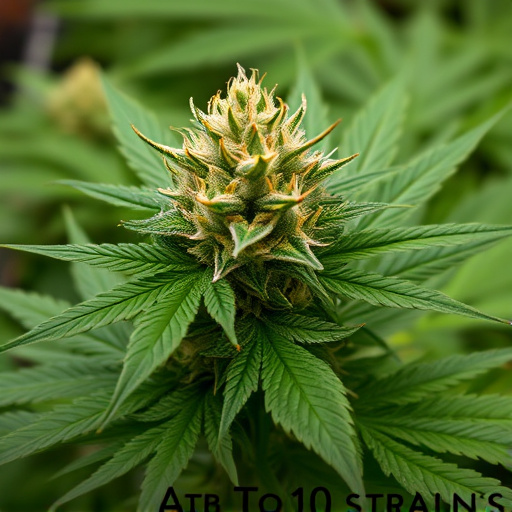
The chemical composition of cannabis plays a significant role in determining the duration and intensity of its effects, with genetics and terpenes being key factors. Cannabis plants produce various compounds, including cannabinoids (like THC and CBD) and terpenes, which contribute to the unique experiences users have when consuming different strains. Among the top 10 strains of cannabis known for their potent effects and distinct profiles are varieties that showcase these chemical differences.
Terpenes, aromatic compounds found in many plants, add flavor and scent to cannabis flowers and can also influence how long a high lasts. Certain terpenes, such as myrcene, have been linked to sedative properties, potentially prolonging the relaxing effects of cannabis. Understanding the interplay between genetics and these chemical components is crucial for consumers looking to optimize their experience and select strains that cater to their preferences and desired outcomes.
– Understanding the role of terpenes in cannabis effects

Terpenes, often referred to as the “aroma compounds” in cannabis, play a significant role in the overall effects experienced by users. These volatile organic compounds are produced naturally in cannabis plants and contribute to the unique scent and flavor profiles of different strains. Beyond their sensory attributes, terpenes have been linked to modulating the intensity and duration of the ‘high’ associated with cannabis consumption. Research suggests that specific terpenes can enhance or interact with cannabinoids like THC, potentially prolonging or altering the user’s experience. For instance, myrcene, a common terpene in many top 10 strains of cannabis, is known for its sedative properties, which may contribute to feelings of relaxation and extended euphoria.
Understanding the complex interplay between terpenes and cannabinoids opens up exciting possibilities for cannabis enthusiasts. It allows users to make more informed choices when seeking specific effects, whether they prefer a longer-lasting calm or a more energetic high. Exploring different strains and their terpene profiles can be a game-changer for those looking to optimize their cannabis experience, offering a personalized journey through the diverse landscape of cannabis effects.
– How specific terpenes contribute to duration of high

Cannabis consumers often seek out specific strains for their desired effects, and one area of interest is how different terpenes influence the duration of a “high.” Terpenes are aromatic compounds naturally present in cannabis, known for both their scent and potential therapeutic benefits. Out of the many terpenes found in cannabis, some have been linked to prolonging or enhancing specific aspects of the high. For instance, myrcene is commonly associated with a longer-lasting high, often described as earthy and fruity. Many top 10 strains of cannabis are celebrated for their rich terpine profiles, contributing to the overall experience, including extended periods of relaxation and enjoyment.
Linalool, another significant terpene, is known for its calming and sedative properties, which can extend the duration of a relaxed state often achieved during a cannabis high. This terpene is prevalent in many strains prized for their ability to promote sleep and alleviate stress. Additionally, limonene, with its citrusy aroma, has been linked to uplifting effects, potentially adding a layer of mental clarity to the experience, making it last longer without causing any negative come-downs.
Cannabis’ intoxicating effects are a complex interplay of genetics and chemical compounds, with terpenes playing a pivotal role in shaping the duration and experience of a “high.” Understanding these factors empowers consumers to make informed choices when selecting from the top 10 strains of cannabis known for their distinct profiles. By recognizing how specific terpenes influence the duration and intensity of effects, users can tailor their experiences, whether seeking a brief, uplifting buzz or an extended, relaxing high.


